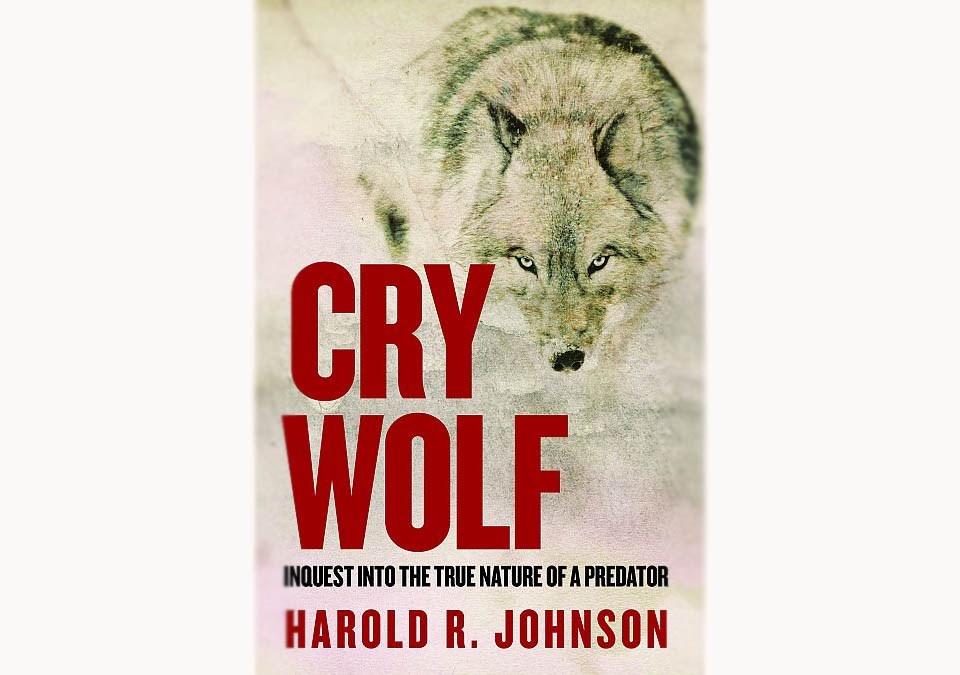Cry Wolf: Inquest into the True Nature of a Predator
By Harold Johnson
Published by University of Regina Press
$16.95 ISBN 9780889777385
As with every topic Harold Johnson tackles, Cry Wolf is a book aimed at getting to the truth of the matter, because “the truth matters.” Johnson was the lawyer asked by the Carnegies, parents of Kenton Carnegie, a young geologist killed in a wolf attack in Northern Saskatchewan, to re-examine the coroner’s report. Johnson’s own disquieting encounters with wolves as a Saskatchewan trapline owner made him their perfect choice.
Johnson is nothing if not thorough in his investigation. The book opens with a warning that “the writing depicts a violent death by wolf attack and discretion is advised.” At the same time, he makes it clear that “after twenty years of practice reviewing too many autopsy and crime scene photographs” his tolerance for the gruesome has not increased, but in fact diminished. “A sensitivity seems to have built up over the years.”
Today he tells young lawyers “Don’t look at the pictures if you don’t have to.” If our species is going to survive, we will need accurate information about the environment, writes Johnson. We can’t be swayed by romanticized versions of nature, like Farley Mowatt’s “Never Cry Wolf” convincing us – and himself, in his younger days, prior to his own terrifying encounter with a hungry wolf – that the wolf does not attack humans. The wolf, Johnson reminds us, will attack another animal if it is hungry. It is just doing what animals do to stay alive: eat, not be eaten and procreate.
He disagrees that a wolf is anything special, but he doesn’t believe the attacking wolf did anything “wrong.” “He was acting according to the basic instinctual code he was born with.” Unfortunately, Kenton Carnegie went for a walk and unwittingly got too close to the wolf and the wolf reacted. And yet, for whatever reason, the inquest into the cause of Carnegie’s death ruled out the wolf as the predator. Despite wolf tracks and other forensic evidence pointing to a wolf attack, the initial conclusion, drawn by a “moose expert” and rejected by Carnegie’s family was that Carnegie was attacked by a bear.
Johnson gives the last word to the elders who remind us that young wolves, like young people, need elders to teach them what and who to fear. “When we kill the old wolves, the young ones don’t know how to behave,” and “like teenagers, they go out and get themselves into trouble.” And, finally, through age-old Cree stories about “trickster wolf” he shares stories that neither vilify nor romanticize the wolf. Instead, they point to ways we can and must learn to share this planet.
This book is available from your local bookstore or online at www.skbooks.com

.JPG;w=120;h=80;mode=crop)
.JPG;w=120;h=80;mode=crop)
.JPG;w=120;h=120;mode=crop)
